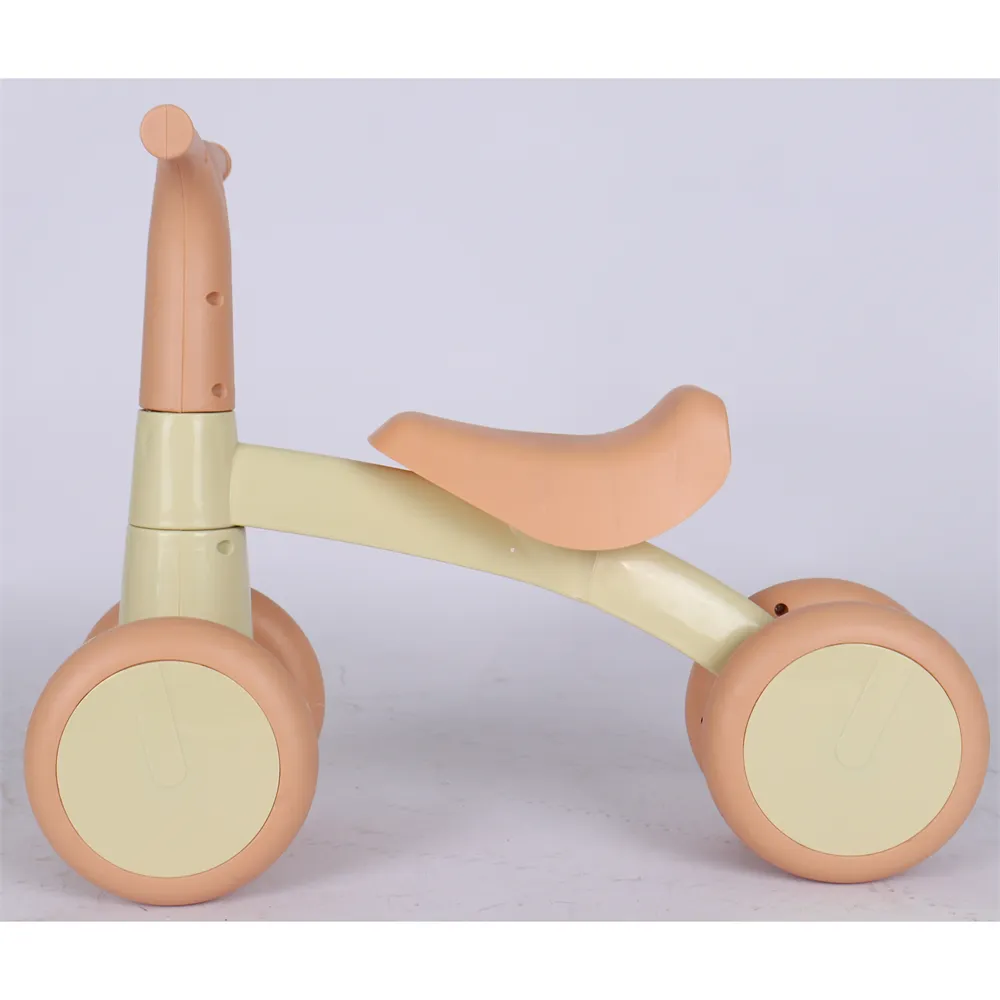how to teach a kid to balance on a bike
How to Teach a Kid to Balance on a Bike A Step-by-Step Guide
Teaching a child to ride a bike can be a rewarding experience, and one of the most crucial skills they need to learn is how to balance. Balance is the foundation of cycling, and with patience and guidance, any child can master it. Here’s a practical guide to help you teach your child to balance on a bike effectively.
Step 1 Choose the Right Bike
Before you begin teaching, ensure your child is riding a properly sized bike. The child should be able to touch the ground with both feet while sitting on the saddle. A bike that is too big can make balancing difficult and daunting. Consider using a balance bike, which is designed without pedals and allows kids to practice balancing while pushing themselves along with their feet.
Step 2 Find a Suitable Location
Select a safe, open area to practice, such as a quiet park or a flat, grassy field. The grass will cushion any falls, making it less intimidating for your child. Avoid busy streets or areas with traffic until your child is more confident.
Step 3 Safety First
Ensure that your child wears a helmet for safety. Knee and elbow pads are also recommended, especially when they are just starting. Wearing these protective gear can boost their confidence and minimize injury in case of falls.
Step 4 Start with Gliding
If using a traditional bike, remove the pedals to convert it into a balance bike. Have your child sit on the bike and walk it forward using their feet. Encourage them to lift their feet off the ground periodically to experience gliding. This will help them understand the sensation of balancing on the bike.
Step 5 Encourage Steering Skills
how to teach a kid to balance on a bike

While gliding, guide your child to practice steering. Point out where they need to look and remind them to turn the handlebars gently. This will build their confidence in controlling the bike. Praise and reassurance will encourage them to try more and keep practicing.
Step 6 Introduce Pedaling
Once your child feels comfortable gliding and steering, it’s time to reattach the pedals. Have them start with one foot on a pedal and the other foot on the ground. Encourage them to push off with their grounded foot, place that foot on the other pedal, and begin pedaling. Remind them to keep their eyes forward and maintain a relaxed grip on the handlebars.
Step 7 Use a Spotting Technique
To help your child balance initially, you can support them gently. Stand behind the bike and hold the back of the seat or the shoulder of their shirt. As they gain confidence, gradually lessen your support until they can cycle independently. Make sure to communicate with them throughout this process to provide encouragement and guidance.
Step 8 Practice Stopping
Once your child is pedaling and starting to balance, it’s essential to teach them how to stop. Show them how to use the brakes gradually and encourage them to practice coming to a gentle stop. This will improve their confidence and help them understand bike control better.
Step 9 Celebrate Their Progress
Celebrate every small achievement, whether it’s balancing for a few seconds or riding a few feet without assistance. Positivity boosts your child's confidence and enthusiasm to continue learning.
Conclusion
Teaching a child to balance on a bike is a journey filled with ups and downs, but with patience and practice, they will succeed. By following these steps and providing consistent support, you can help your child gain the confidence and skills needed to ride a bike independently. Remember, the key is to keep the atmosphere fun and encouraging—bike riding should be an enjoyable experience!
-
Why Ride On Toys Are Every Kid’s FavoriteNewsApr.03,2025
-
Why a Mountain Bike is Perfect for Outdoor AdventuresNewsApr.03,2025
-
Why a Baby Tricycle is the Perfect First RideNewsApr.03,2025
-
The Joy of Learning with a Kids Balance BikeNewsApr.03,2025
-
The Fun and Benefits of a Childrens ScooterNewsApr.03,2025
-
Find the Perfect Kids' Bikes for Fun and AdventureNewsApr.03,2025
-
Perfect Color for Your Mountain BikeNewsFeb.27,2025








